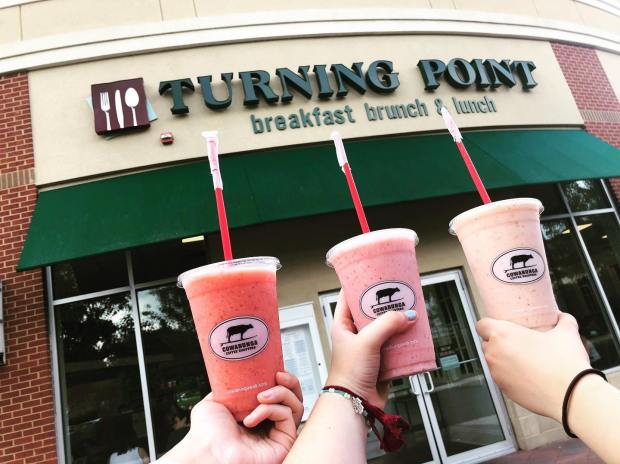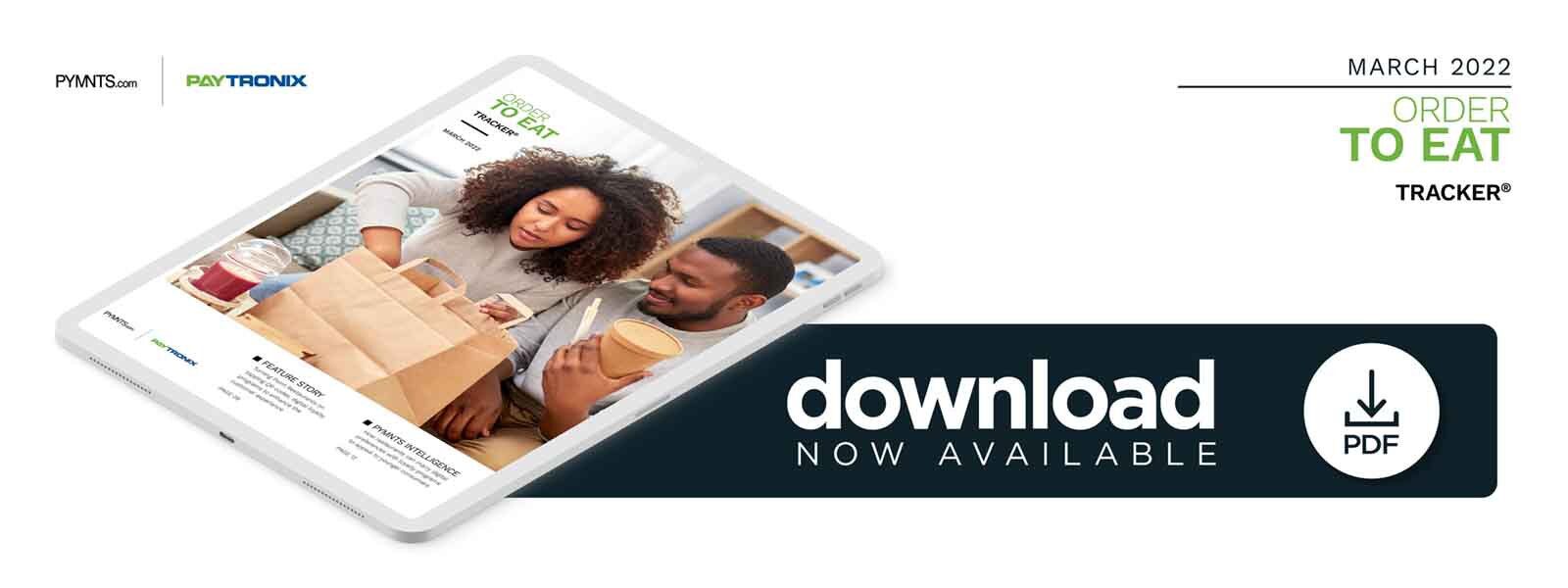Turning Point Restaurants on Tapping QR Codes, Digital Loyalty Programs to Enhance the Customer Experience

One way to keep QSR customers coming back is to know how they like to order food and pay. In the Order To Eat Tracker, Turning Point Restaurants’ Kirk Ruoff explains how offering data-driven loyalty programs and incentivized surveys can help QSRs take the guesswork out of satisfying diners.
Even before the pandemic began gripping the globe and altering consumers’ daily lives and purchasing habits, some restaurants had begun implementing new digital tools to improve the customer experience and make their operations more efficient. Many of them specifically looked to solutions that allowed customers to use seamless ordering and payment options through a now-ubiquitous device: the smartphone.
New Jersey-based Turning Point Restaurants is one such chain that has worked to optimize its digital and mobile ordering and payments offerings over the past several years. For example, the fast-casual eatery instituted a solution that places a QR code on each receipt, allowing customers to make payments that are integrated into its point of sale (POS) solution.
“The minute the customer pays using their phone, whether it’s Apple Pay or credit card or Venmo — however they want to pay it — it populates on their phone, so there’s no app that they have to download,” said Kirk Ruoff, Turning Point’s founder and CEO. “And once the transaction is completed, it shows in our system that the transaction is completed, and it prints out a receipt that says they paid.”
Ruoff said enabling seamless digital payments and ordering options can have a significant impact on customer satisfaction. A positive or negative payment experience can color the tone for the entire relationship, especially for younger customers who are interested in making quick, digital transactions.
The Digital Drive
Offering digital transactions also gives restaurants opportunities to encourage customers to use beneficial payment methods. For instance, Ruoff said customers who use Turning Point’s QR code-based system are likely to leave larger tips, since they are presented with options for suggested tipping amounts. The typical QR code user chooses to tip 20% rather than opting to do the math themselves and determine a specific amount.
He also said offering digital payment methods can prompt more customers to engage with loyalty programs. One of the options offered to the restaurant’s customers when completing QR code-based transactions is to enter their email addresses and join the restaurant’s loyalty program.
“We’re getting about a 10% opt-in rate on that, which, from a marketing standpoint, is really nice,” he explained.
Ruoff said rewards programs create a point of contact with customers and offer eateries insights that can be used to tailor promotions and perks. A restaurant could offer free meals on customers’ birthdays, for example, or notify them of seasonal menu launches and special offers.
He said Turning Point’s loyalty solution tends to see the most robust engagement among older customers, but allowing consumers to join via its QR code-based payment program has also helped it better engage younger customers.
The analytics and information that such programs provide also can greatly enhance restaurants’ customer engagement approaches. For example, Ruoff said Turning Point offers incentives to loyalty program members for filling out surveys, which provide higher-quality data on how well the chain is serving customers’ needs compared to random reviews online.
These surveys also allow Turning Point to generate valuable insights into how it is satisfying a particularly precious demographic: existing customers.
“Do I want to spend more time trying to bring back a customer who maybe didn’t have a good experience with some sort of offer, or do I just want to throw a big net out over our whole community and try to get a customer?” Ruoff said. “It’s always easier to keep an existing customer happy than it is to go create a new one.”
Meeting Digital Expectations
Ruoff said Turning Point plans to continue implementing technologies that attract younger customers, in addition to keeping existing ones satisfied.
The next step for its QR code-based POS system will involve offering digital menus that customers can pull up on their phones, enabling them to place an order the moment they are ready. Waitstaff would only need to be involved in the ordering and payment process when bringing food to the table.
“[Younger customers] are comfortable using their phones [throughout the process],” Ruoff said. “They want convenience.”
Many of the innovations that became more prevalent because of customers’ desires to reduce contact during the pandemic are now permanent features that offer the ease and convenience they seek. Providing cutting-edge solutions that can keep existing customers engaged while also reaching new ones will be key to competing in the restaurant space’s mobile- and digital-first future.

